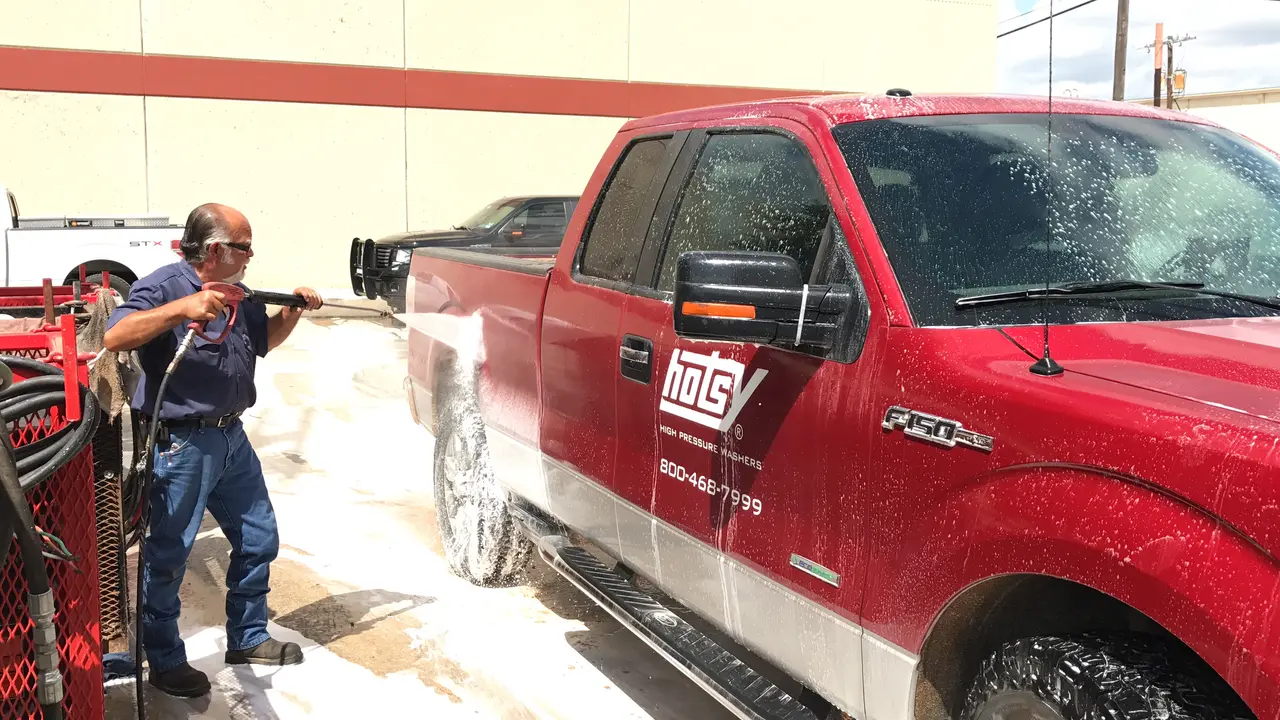Essential Maintenance Tips for Your Cleaning Equipment
Proper maintenance of cleaning equipment is crucial for ensuring its longevity and effectiveness. Whether you’re a professional cleaner or just a homeowner who wants to keep things in tip-top shape, understanding the basics of equipment care can make a world of difference. In this guide, we’ll walk you through some essential tips to keep your cleaning tools in excellent working condition.
Inspect Your Equipment Regularly
Regular inspections can help you catch issues before they become big problems. Check for frayed cords, loose screws, and any signs of wear and tear. Addressing these small issues promptly can prevent more significant damage. For instance, regularly checking the condition of your vacuum or mop can save you from unexpected breakdowns, keeping your cleaning routine smooth and uninterrupted.
In addition to visual inspections, also pay attention to how your equipment sounds and feels during operation. Unusual noises, vibrations, or overheating can be early indicators of a problem. If you detect anything out of the ordinary, stop using the equipment immediately and investigate further.
Keeping a checklist of things to inspect can be extremely useful. Items on your checklist might include checking for frayed cords, ensuring screws and bolts are tight, and verifying that all moving parts are operating smoothly. This level of attention can greatly reduce the likelihood of unexpected failures and extend the life of your cleaning equipment.
Clean Equipment After Each Use
After every use, make sure to clean your equipment. Empty vacuum bags or canisters, wipe down surfaces, and remove any debris. This not only improves performance but also helps prevent the buildup of harmful bacteria and mold. For example, a simple habit like cleaning your vacuum’s filter can significantly boost its efficiency.
For equipment that uses water such as steam cleaners, it is crucial to empty any remaining water to prevent the growth of mold and bacteria. Wipe down all surfaces and let everything air dry completely before storing it away. These steps can help maintain the equipment’s performance and hygiene.
Pay attention to the cleaning tools themselves. Mops, brushes, and cloths need to be washed and dried to prevent them from spreading dirt and germs the next time you use them. Keeping your tools clean after each use not only ensures optimal performance but also enhances the quality of the cleaning job.
Store Equipment Properly
Proper storage is essential for maintaining the integrity of your cleaning tools. Store equipment in a dry, cool place and ensure cords are wound properly to avoid tangling. Keeping them off the floor and away from humidity can prevent rust and other damage. Implementing a proper storage strategy can greatly extend the life of your cleaning appliances.
Storage solutions like wall mounts, pegboards, or dedicated cabinets can help keep your equipment organized and easily accessible. This not only prolongs the life of the tools but also makes your cleaning routine more efficient. Accessories such as hose reels for vacuum cleaners and mop holders can help keep everything in place and prevent accidental damage.
Don’t forget to store your cleaning solutions properly as well. Keep them in a secure location away from direct sunlight and extreme temperatures. Ensure that they are clearly labeled and that safety data sheets are accessible in case of an emergency. This will not only extend the life of your cleaning solutions but also provide a safer environment for everyone.
Replace Parts as Needed
Over time, certain parts of your cleaning equipment may wear out and require replacement. Filters, brushes, and belts are common components that need regular checking and replacing. Using manufacturer-approved parts can help maintain efficiency and performance. According to a detailed guide on machine maintenance, regular replacement of worn-out parts can drastically reduce the risk of breakdowns.
Regularly replacing parts such as vacuum bags, mop heads, and scrubbing pads can also optimize the cleaning power of your tools. These parts are designed to be replaced frequently, and doing so can ensure that your equipment continues to perform at its best. Don’t wait until these parts are completely worn out to replace them; proactive maintenance is key.
Having spare parts on hand for immediate replacement can save you valuable time. Keep extras of essential parts like filters and brushes in your supply closet. This way, if a part wears out during a cleaning session, you can quickly replace it without having to halt your work.
Use the Right Cleaning Solutions
Always use the appropriate cleaning solutions for your equipment. Using the wrong products can cause damage or reduce effectiveness. Check the manufacturer’s recommendations and stick to them to ensure the longevity of your tools. Using manufacturer-recommended detergent ensures you get the best performance out of your cleaning equipment.
Certain cleaning solutions are designed for specific materials and surfaces. For instance, wood floor cleaners are formulated differently than tile or carpet cleaners. Using the wrong type of cleaning solution can not only damage the surface but also harm your equipment. Stick to the products recommended for your specific cleaning tasks to ensure the best results.
Moreover, using concentrated solutions appropriately can save you money in the long run. Diluting concentrated cleaning agents as per the instructions means you use less product for the same cleaning power, thereby extending the lifespan of your supplies and maintaining the efficiency of your equipment.
Perform Regular Deep Cleans
Aside from daily maintenance, schedule regular deep cleans for your equipment. This might include disassembling parts, soaking and scrubbing components, and thoroughly drying everything before reassembly. This can help keep your equipment running smoothly and efficiently. Regular deep cleaning is crucial for machine longevity.
Deep cleaning your equipment ensures that any dirt, grime, or residue that has built up over time is thoroughly removed. This not only maintains the appearance of the tools but also ensures that they function properly. For instance, disassembling and cleaning the brush rolls of a vacuum can help maintain its suction power.
Deep cleaning should be scheduled based on the frequency of use and the manufacturer’s recommendations. High-use equipment might require monthly deep cleans, whereas less frequently used tools can be cleaned quarterly. Keeping a schedule can help you stay on track with this important maintenance task.
Keep an Equipment Maintenance Log
Keeping a maintenance log can help you stay on top of regular checks and replacements. Note down when parts were last replaced, when the equipment was last deep cleaned, and any issues noticed during inspections. This can help prevent unexpected breakdowns and extend the life of your equipment. Maintaining an equipment maintenance log is crucial in proactive equipment care.
An organized log allows you to track patterns and anticipate future maintenance needs. For instance, if you notice that a particular part tends to wear out every few months, you can plan ahead and have replacements ready. This foresight can prevent downtime and ensure that your cleaning routine remains uninterrupted.
Digital tools and applications can make maintaining a log easier and more efficient. Many apps allow you to set reminders for maintenance tasks and record any issues observed. This ensures that nothing is overlooked and helps keep your maintenance process streamlined and thorough.
Conclusion: Keep Your Cleaning Equipment in Tip-Top Shape
Taking the time to properly maintain your cleaning equipment can save you money and ensure that your tools are always ready to tackle any mess. By following these simple yet effective maintenance tips, you can extend the life of your equipment and enjoy cleaner spaces with less effort. Remember, a well-maintained tool is a reliable tool!




